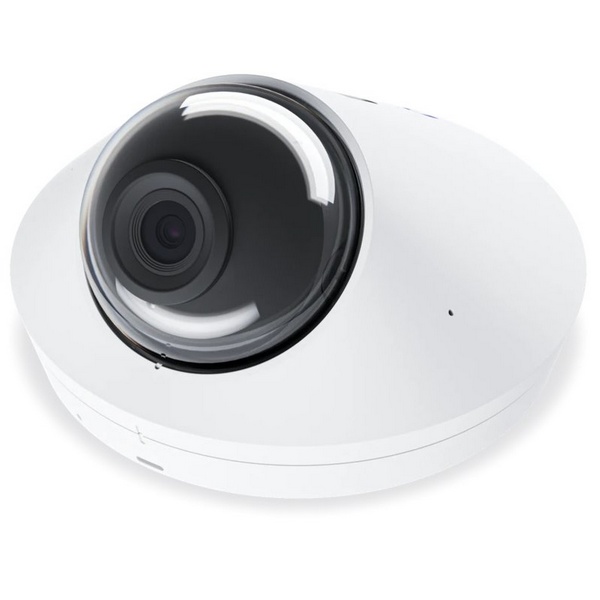

Owing to this, they grew in bandwidth every time there was a new version available. With embedded vision applications becoming more demanding in terms of resolution and frame rate, USB cameras had to evolve over time to cater to higher performance requirements. Maximum theoretical bandwidth of USB cameras
Uvc cameras driver#
Leverages an inbuilt generic class driver to control the video function.

Works automatically with the system-supplied driver – eliminating the need for an external driver.Supports multiple video formats such as YUV, MJPEG, MPEG-2 TS, H.264, DV, and more.Given below are some of the advantages of using a UVC camera in your embedded vision device: There is no surprise why USB UVC cameras are one of the most popular types of cameras used in embedded vision applications. The ensemble of all the class-specific video control (VC) unit/terminal descriptors fully describes the video function to the host. The latest version of the USB video class specification is UVC 1.5. There are standard and class-specific descriptors – data structures used to describe a USB device’s capability. UVC cameras (USB video class) are USB-powered devices that incorporate a standard video streaming functionality – connecting seamlessly with the host machines. We will also do a quick comparison of the USB 3.0 interface with MIPI and GMSL interfaces. In today’s blog, let’s learn what a USB UVC camera is, how it works, and the key differences between USB3 cameras and USB2 cameras.

Uvc cameras skin#
They power embedded vision devices such as biometric & access control systems, document scanners, airport kiosks & digital signages, skin scanners, telepresence robots, and more. Such video streaming applications must be equipped with high bandwidth and high image quality camera modules that can be easily integrated with the remaining components of the embedded device.Īmong the various camera types used in embedded vision, UVC-compliant USB cameras have emerged strongly as the right choice for many applications owing to their bandwidth, reliability, and ease of integration. Cameras help identify, observe, and analyze objects in a target scene while generating valuable video and image data. And embedded vision cameras play a vital role in enabling these devices to ‘see’ their surroundings. AMRs (Autonomous Mobile Robots), smart signages, barcode scanning devices, surveillance systems, industrial handhelds, etc., are changing how businesses operate and connect with people.


 0 kommentar(er)
0 kommentar(er)
